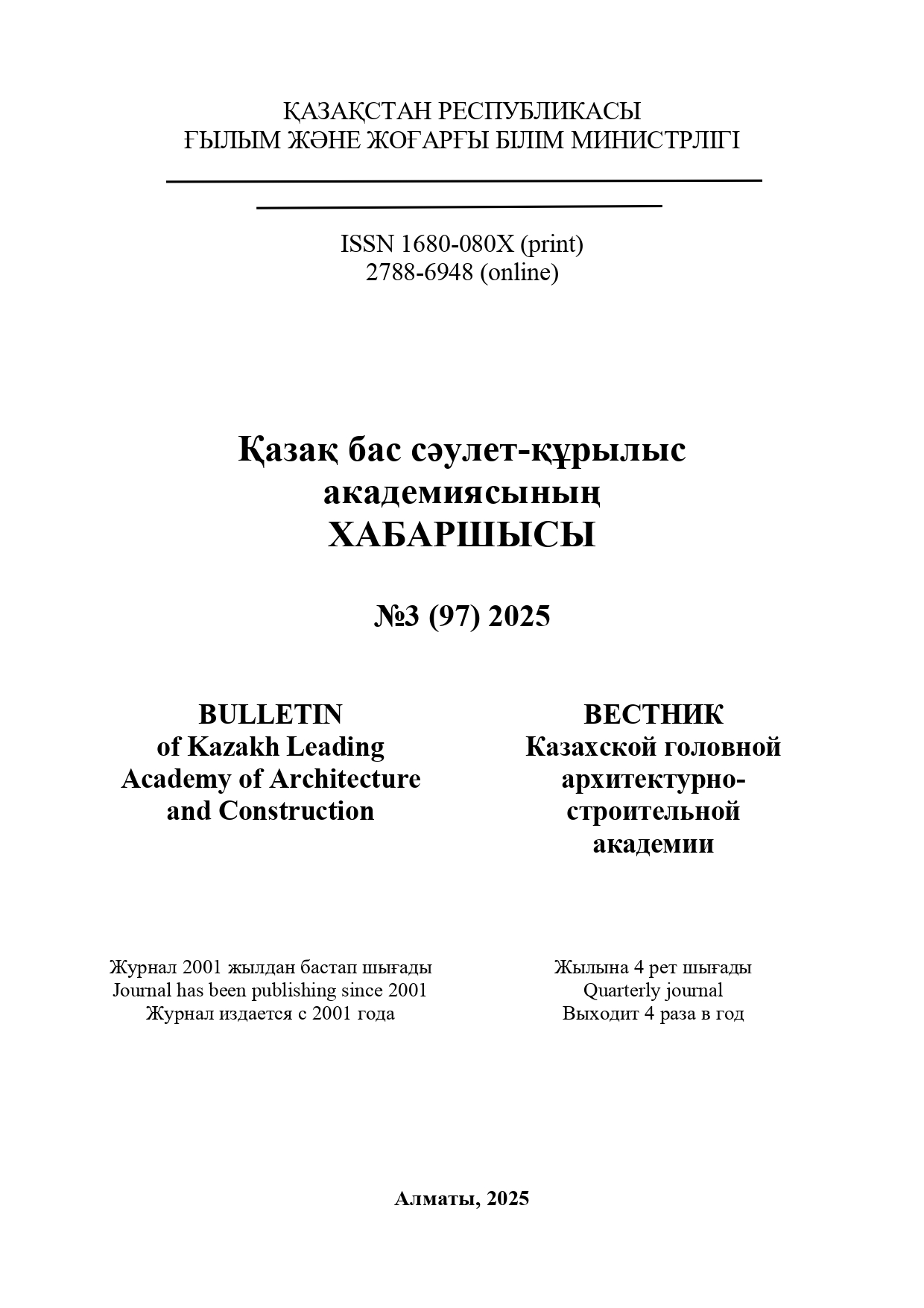Abstract
Lightweight double-layer concrete walls with a 6-8 cm thick structural concrete layer are effective in earthquake-resistant construction. The development of lightweight concrete production is particularly important for Southern Kazakhstan due to its high seismicity. Reducing the weight of individual structures, as well as buildings and structures as a whole, through the use of lightweight expanded clay concrete can be considered as a measure to improve their seismic resistance. The study examines the effect of inorganic additives and coal mining waste as swelling intensifiers in expanded clay production to improve the seismic resistance of brick buildings. The material composition of the clays studied, as well as the mineralogical and structural properties of the constituent mineral phases, were studied using electron microscopy. Experimental firings of Kyngrak-Keles bentonite clay samples were conducted with the addition of the following mineral salts and non-ferrous metallurgy waste: sodium chloride, calcium chloride, polymetallic ore beneficiation waste, and coal mining waste. It was found that with the addition of 0.5% NaCl and a firing temperature of 1180°C, the resulting expanded clay has a bulk density of 0.89 g/cm3, which corresponds to a bulk density of 580 kg/m3. With the addition of 0.5% CaCl2, the bulk density at the same temperature is 0.99 g/cm3 (bulk density is 650 kg/m3).


